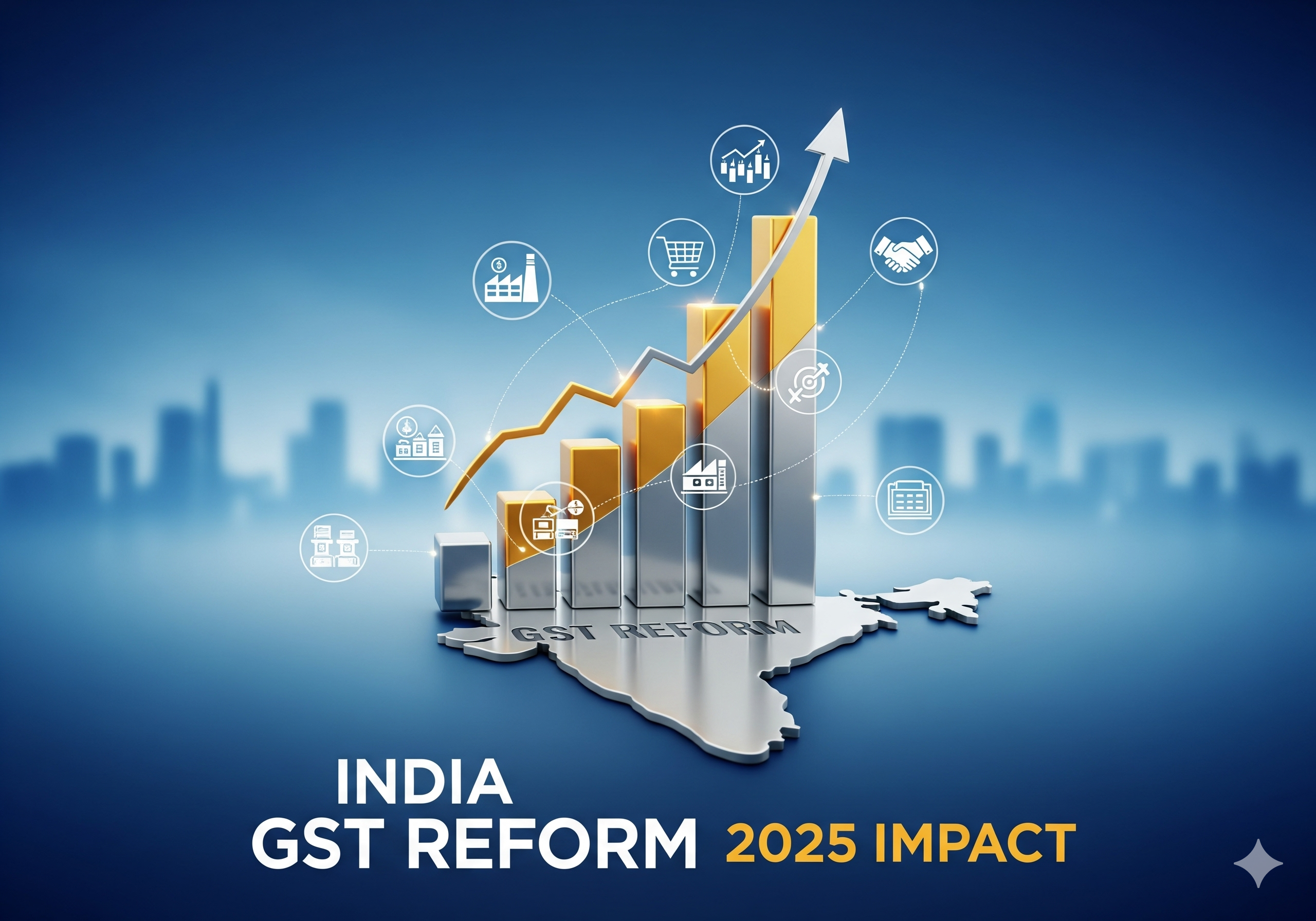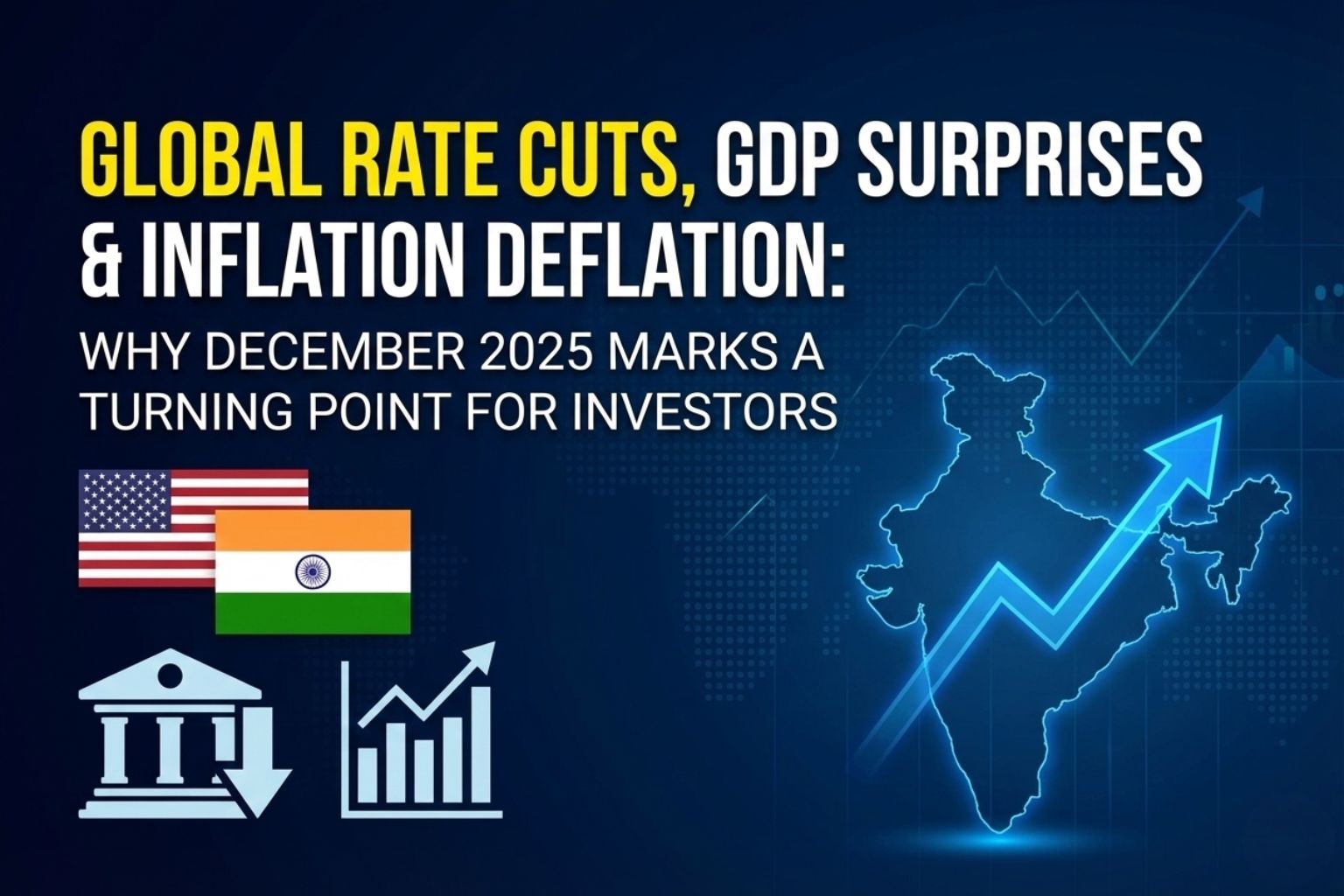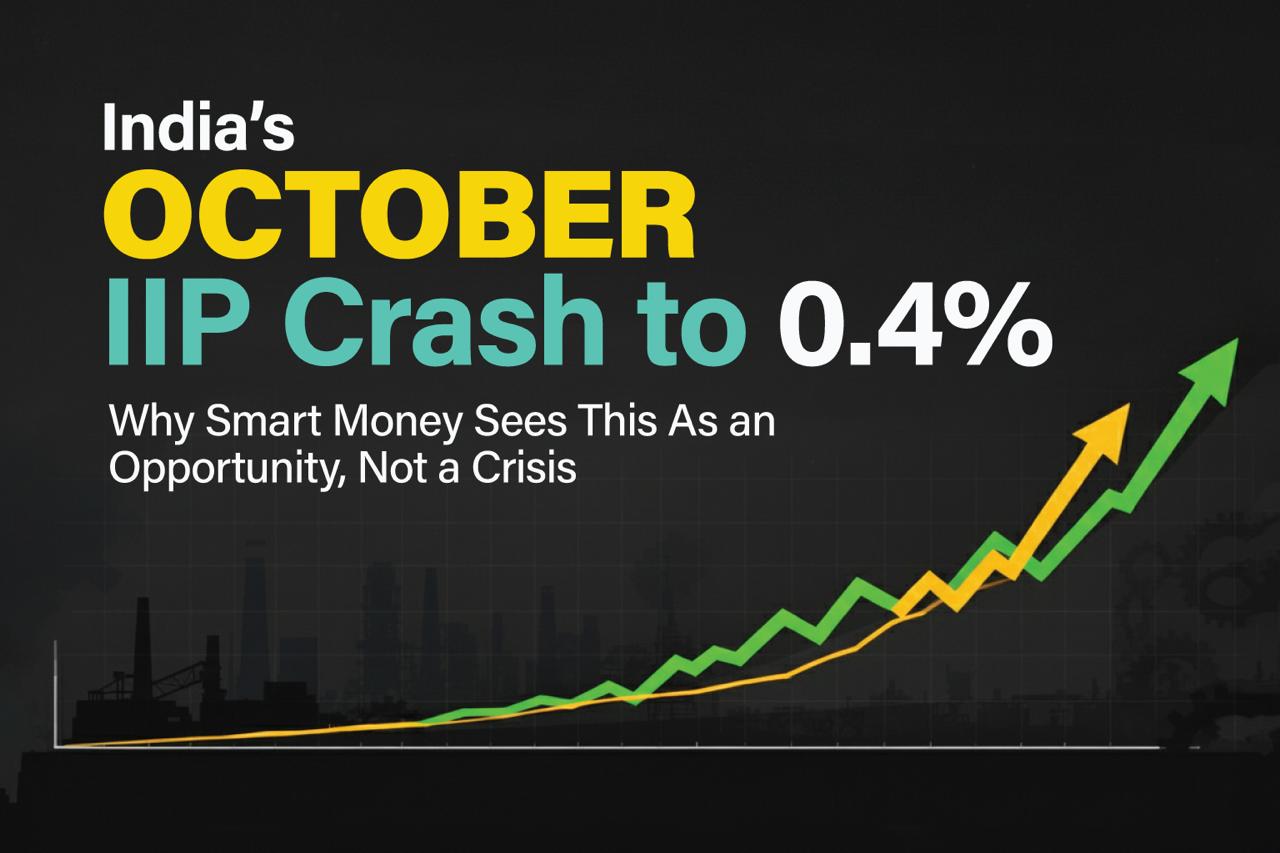
Hey! If you’ve been hearing buzz about India’s big tax shake-up—GST overhaul, income-tax changes, inflation drops, and even GDP and FDI jumps—here’s the scoop in plain terms.
What’s Changed with GST?
From September 22, 2025, GST rates have been dramatically simplified. Instead of multiple brackets, India now has just two slabs—5% and 18%—plus a hefty 40% levy on “sin” and super luxury goods. Essentials like toothpaste, packaged food, soaps are now down to 5%, while high-end cars, tobacco, and fizzy drinks fall into the 40% bracket. Insurance? Totally exempt.
What’s the impact? Economists say this could cool inflation by up to 1.1 percentage points, while others estimate a knee-jerk drop of 0.5%–0.9% depending on how businesses respond
Why Does It Matter for You?
Lower GST on daily essentials means you might notice your grocery, soap, or even insurance bills feel lighter. Businesses selling those goods could see a rise in demand—think TVs, small cars, appliances. Not surprisingly, hopes are high that all this could spark a festival-season boost in spending.
The trade-off? There’s a projected revenue shortfall of ₹48,000 crore, but the government confidently says increased consumption and growth will cover the gap—and keep the fiscal deficit at around 4.4% of GDP as planned
Income Tax Gets Friendlier, Too
Budget 2025 also brought in useful tweaks. If you earn up to about ₹12 lakh a year, you pay zero income tax. On top of that, a brand-new Income-tax Act, 2025 was passed in August—shrinking the law from over 800 pages to just 536 pages, enabling faceless digital assessments, and reducing legal jargon.
The Ripple Effects on Inflation, GDP & FDI
Let’s break it down:
- CPI inflation in July 2025 hit 1.55%, an 8-year low. The GST cuts could shave another 0.5–1 percentage point off that number.
- GDP growth is rolling along pretty well: 6.5% for FY 24-25, piggybacking into a 7.8% jump in Q1 of FY 25-26. That’s strong momentum right at the fiscal year’s start.
- Feeling good, investors are showing up: FDI inflows were USD 81 billion in FY25, with USD 18.6 billion coming in just April–June 2025—a 15% YoY rise
What Experts Are Saying
Kotak Mahindra’s Nilesh Shah nailed it: “Lower inflation, more growth, better consumer sentiment, and all without derailing fiscal discipline.”
Yet, the SBI flags a possible ₹85,000-crore annual loss, even while noting a ₹1.98-lakh-crore consumption pickup.
Bottom Line — And Why It’s a Big Deal
In everyday terms:
- Savings alert: Your regular buys—soaps, toothpaste, packaged food—are getting cheaper.
- Business cheer: Expect more traffic in stores selling TVs, cars, cement, and appliances.
- Economic confidence boost: Inflation cooling, tax relief, spending up—serves as a cycle booster.
- Future wary: If firms don’t pass on cuts fully, real gains for you could shrink. And falling tax revenue needs balancing via growth or other revenue tricks.
| Change | What It Means for You |
|---|---|
| GST simplified | Lower bills on essentials; some luxury higher |
| Income-tax relief | Up to ₹12 lakh income now tax-free |
| Inflation cooling | Prices rising more slowly |
| GDP growth strong | Economy is humming along |
| FDI rising | More global investment flowing in |
Final Thoughts
In just one sweep, India GST 2025 reform is all about making life smoother for the common man while keeping the luxury crowd in check. It’s smart, timely, and—let’s be honest—feels like a sweet little Diwali gift from the government.



